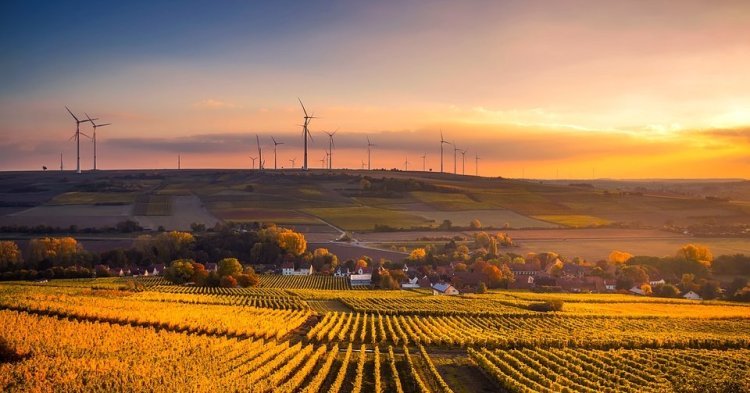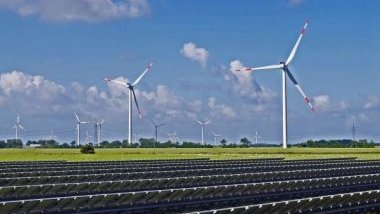MERLON, COMPILE, STORY, MUSE GRIDS… These sibylline names that sound more like top-secret projects are actually those of ambitious projects. The oldest one only started in 2015. Their common point? Research activities within EU Member States on the successful implementation of local energy communities and exploitation of smart electric systems. Considering the large number of participants in this workshop, this topic is of interest for many people.
Those four projects are today far from being isolated in the energy landscape. If we cannot talk about a huge phenomenon today, this willingness to increase the exploitation of renewable energies at the local scale is echoing an emerging trend, which might intensify in the forthcoming years.
The Commission’s Vice President in charge of the European Energy Union, Maroš Šefčovič, asserted in 2016 that the new energy model would be summarised as “6-D”: de-carbonisation, diversification, democratisation, decentralisation, digitalisation and disruption. The adjective “disruptive” is indeed not too strong to qualify the potential long-term consequences for the electric system, induced by two new directives in the framework of the “Clean energy for all Europeans” package. While they had never been mentioned before in European legislation, citizens’ projects for renewable energies are now clearly described.
The European Union acknowledges the existence of renewable energy communities
Jan Steinkohl, Policy Officer at the Directorate-General for Energy of the European Commission, judiciously referred to these two directives during the workshop on Local Energy Communities. The directive on the promotion of the use of energy from renewable source does acknowledge the existence of “renewable energy communities”, stating that:
“The participation of local citizens and local authorities in renewable energy projects through renewable energy communities has resulted in substantial added value in terms of local acceptance of renewable energy and access to additional private capital which results in local investment, more choice for consumers and greater participation by citizens in the energy transition. Such local involvement is all the more crucial in a context of increasing renewable energy capacity.”
It invites EU member states to inform the Commission on the measures they will implement at the national level to ensure these communities’ development, such as removing any regulatory barriers, enabling a smooth access to financing, or even implementing specific support mechanisms – for instance, preferential rules to boost their growth.
The directive also provides that local energy communities must be autonomous, ruled by citizens, local authorities and/or SMEs, and be close to renewable energy production sites. Their motives have to go beyond just profit. This means support to citizens’ projects, territorially anchored and managed locally. Furthermore, it is a clear recognition of the role that citizens can play in the energy transition.
The electricity market directive defines the “citizens’ energy communities”, quite similar to local energy communities, but for which eligibility conditions and internal governance rules will be more flexible. In addition, they will not benefit from supportive measures. It will be up to the member states to allow (or not) the citizen energy communities to manage electricity distribution networks.
Towards an upheaval of the energy market?
The question, which was a watermark during the afternoon’s workshops, is now to see how each EU member state will transpose these two directives in its national legislation. [1] We can notably assume that there will be many adjustments in the forthcoming years with national distribution system operators, which are the operating managers (and sometimes owners) of energy distribution networks.
There are indeed many discrepancies between the member states, and some national “ecosystems” of energy market are far more advanced than others. It is also hard to foresee how fast and to what extent the renewable energy communities and citizens’ energy communities will develop and spread. There is, however, no doubt that the energy market, so far highly centralised, will undergo major changes with these new decentralised production and consumption patterns.



Follow the comments: |
|
